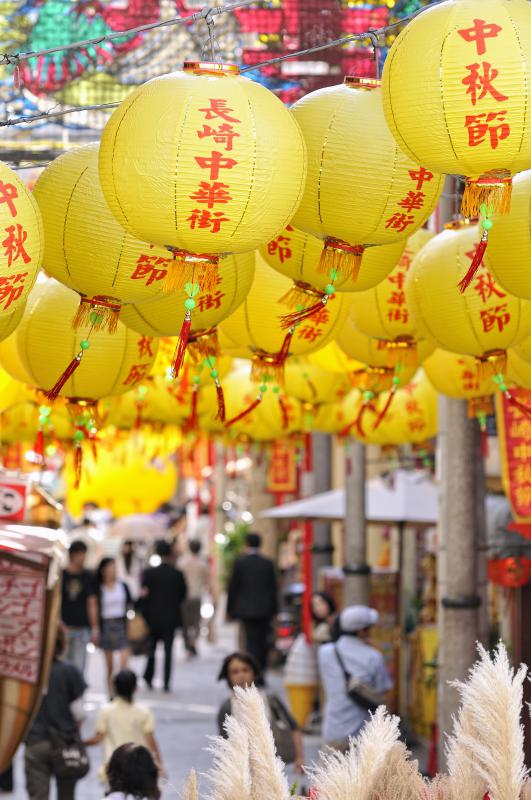At DelightedCooking, we're committed to delivering accurate, trustworthy information. Our expert-authored content is rigorously fact-checked and sourced from credible authorities. Discover how we uphold the highest standards in providing you with reliable knowledge.
What are Adzuki Beans?
Adzuki or azuki beans are small reddish-brown legumes that grow throughout Asia. They have a high natural sugar content and are popularly used in a variety of sweet dishes and desserts, though they can also be paired with spices and other vegetables to create more savory dishes. Purchasing them fresh is usually the best way to maximize their flavor, but this is often difficult outside of their natural growing area. In most parts of the world, these beans are sold either dried or as a concentrated paste.
Basic Characteristics

Adzuki beans are known scientifically as Vigna angularis. They are typically quite small, ranging in size from about 0.25 to 0.5 inches (0.6 to 1.3 cm) in length. Most are a dark red or rusty color and tend to have a “seam” of white or cream running down their backs. Depending on where they are grown they might also be dark gray or brown, though these variances are rare. Adzukis have a sweet taste when raw that grows stronger as they are cooked.
Primary Growing Region

Most food researchers believe that adzuki beans are native to the foothills of the Himalayas, in what today is Nepal, Northern India, and South China. The beans feature prominently in the cuisines of these countries, but are perhaps even more popular in countries that sit farther north, particularly Korea and Japan. Farmers across Asia have found ways to grow adzuki crops, and the beans have become a staple part of many different local cuisines. It is rare to find adzukis growing outside of Asia, but the export market is robust and they can often be found in specialty shops and international grocers all over the world.
Popularity in Desserts and Sweet Dishes

Far and away the most popular use for adzuki beans is as a sweetening agent in desserts, drinks, and even ice creams. Cooks often boil the beans in sugar and water to make a rough paste that can be used as dough for different cakes and confections. Chinese “moon cakes,” which feature prominently in national celebrations of the annual Moon Festival, are one example. These cakes are light pink in color, and tend to be very intricately designed, often with the help of kitchen molds or imprint stamps.
Zongzi, sticky rice dumplings, are another Chinese festival food made with adzukis. These dumplings are traditionally filled with red bean paste are very popular during the midsummer Dragon Boat Festival. A number of traditional Chinese pastries made for everyday consumption follow a similar recipe. The beans can either be mashed into a paste or used whole, and can be either a filling or a binding agent for the dough itself.
In Japan, anmitsu is a jellied substance made from agar, a seaweed extract, and served with red bean paste as a dessert. Japanese cooks commonly also use adzuki beans to flavor ice cream, often incorporating them whole. Simmering the beans in sugar candies them, creating another popular sweet known as amanatto.
Red bean rice cakes can frequently be found in the lunchboxes of Korean schoolchildren, and sweet red bean soup is a common, if simple, meal in that country. Korean cooks are also fond of mixing cooked red beans with cream and milk to make a unique dessert drink commonly eaten with a spoon or wide-mouthed straw.
Savory Uses
Adzuki beans need not be limited to sweet dishes and desserts. They often add an interesting counterbalance to spicy stir-fry meals, and are a common side dish to many meat and vegetable preparations. Korean cooks in particular often add them to egg-based pancakes or omelets alongside more savory elements like potatoes and chili peppers.
Tips for Preparing and Purchasing
”Purist” cooks usually recommend starting any adzuki recipe with fresh beans, but these can be hard to find outside of their primary growing region. It is much more common to purchase the beans either dried or preserved, even within Asia.
Both dried and fresh varieties will need to be cooked before they can be used in most dishes. Fresh beans cook the fastest, often needing little more than a couple of minutes in boiling water. The idea is to get a bean that is tender, but not overly soft. Getting the same results with dried beans often requires soaking, sometimes for several hours or overnight. The beans must then be boiled, as well, often for up to an hour.
It is usually possible to buy ready-to-eat adzuki either in cans or sealed plastic pouches. Most of these come surrounded by some sort of sauce or preservative which keeps the beans plump and moist. Cooks typically rinse this away, but it can usually be eaten or incorporated into recipes — though it should be noted that adding extra fluids might change the consistency of the finished product.
People who are hoping to turn their adzukis into red bean paste can save time by purchasing pre-made pastes. These, too, often contain preservatives and other ingredients designed to enhance shelf life and transportability, but are often the best choice when time is short. Making the paste from scratch usually involves a series of boiling, cooling, and pureeing. It is not complicated, but can take awhile.
Nutritional Information
AS FEATURED ON:
AS FEATURED ON:













Discussion Comments
I first learned how to cook adzuki beans while trying to make soup from them. I went by a recipe in an Asian cookbook, and it turned out very well.
I first had to soak the adzuki beans in water overnight. The next day, I dumped out the bean water and boiled them in some fresh water. I had to dump that out once more before boiling them in the final pot of water.
I don’t remember the exact measurements, but I know that I used white pepper and cumin to season the beans. I also cooked red onions, garlic, and carrots in olive oil with some ginger before adding them to the soup.
@lighth0se33 - I love adzuki bean ice cream! It’s surprisingly creamy and even a bit nutritious. Adzuki beans contain iron, folic acid, potassium, and magnesium, which is more than you can say for most ice creams.
It’s fairly easy to make, if you have an ice cream maker at your house. You heat some water and sugar and mix in the adzuki bean paste. You add milk and pour it all over some ice to chill.
After that, you dump it into your ice cream maker and let it do the rest. My neighbor showed me how to make this, and it inspired me to go out and buy my own ice cream maker.
I had always assumed that red bean paste was made from kidney beans. I thought it strange that anyone would put sugar on those, but now I see that I had the wrong type of bean in mind.
I went to an Asian supermarket with my friend, and she bought some red bean paste. She told me she was going to make ice cream with it. I tried to hide my disgust, but it must have come across in my expression, because she giggled at my face.
I didn’t try the ice cream, but now that I know it wasn’t made from kidney beans, I might be more willing to taste it. A naturally sweet bean would make a much better base for a dessert than a savory one.
I have had a drink made from adzuki beans before, and it was really good. It seemed a bit weird to me to mix beans and milk, but my friends told me that it tasted wonderful, so I gave it a try.
The drink looked like a parfait. It had beans on the bottom, followed by ice and milk. My friends told me to stir everything up before tasting it.
It was a lot like a smoothie. I had never had a vegetable smoothie before, especially not a sweet one. It was a good experience.
Post your comments